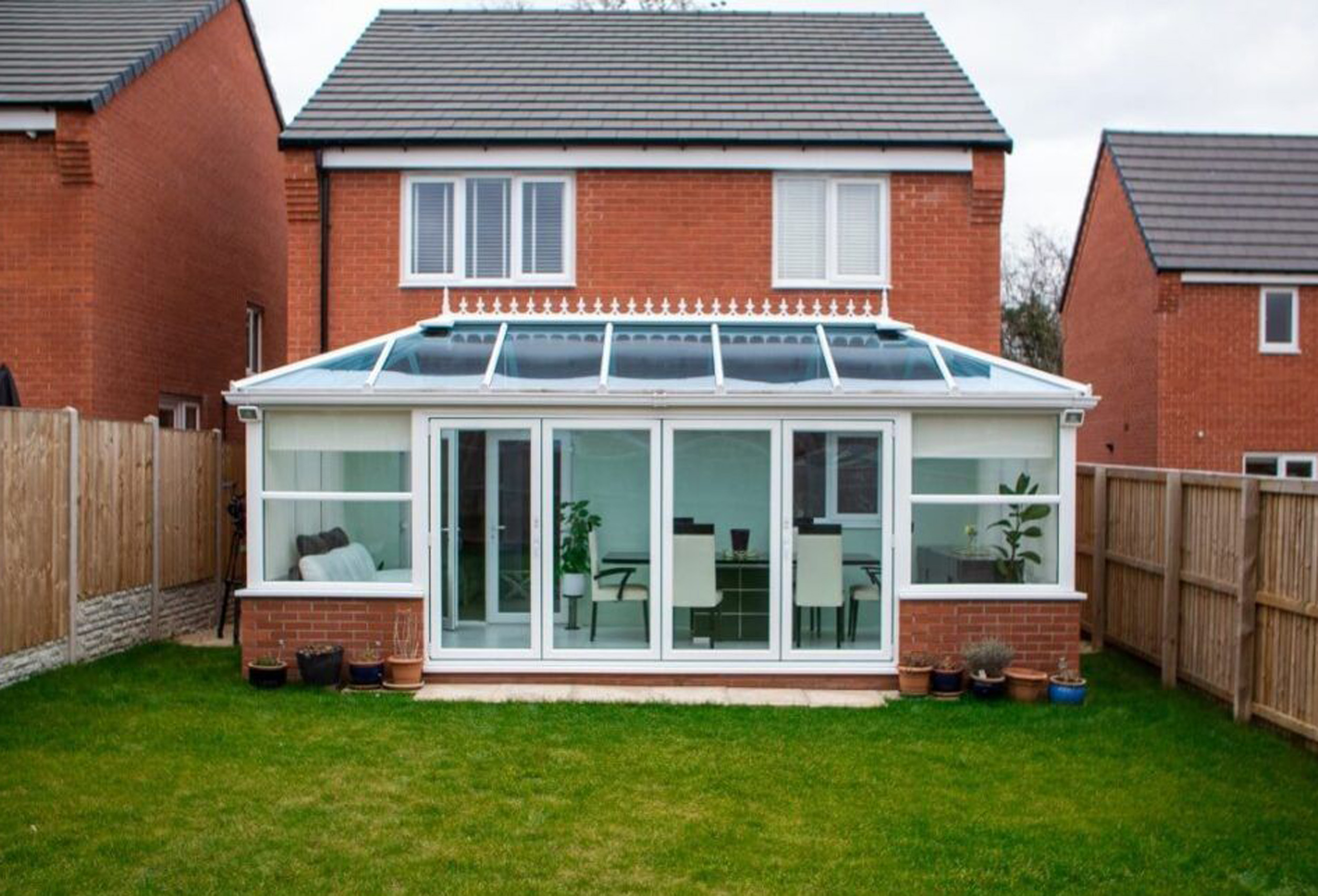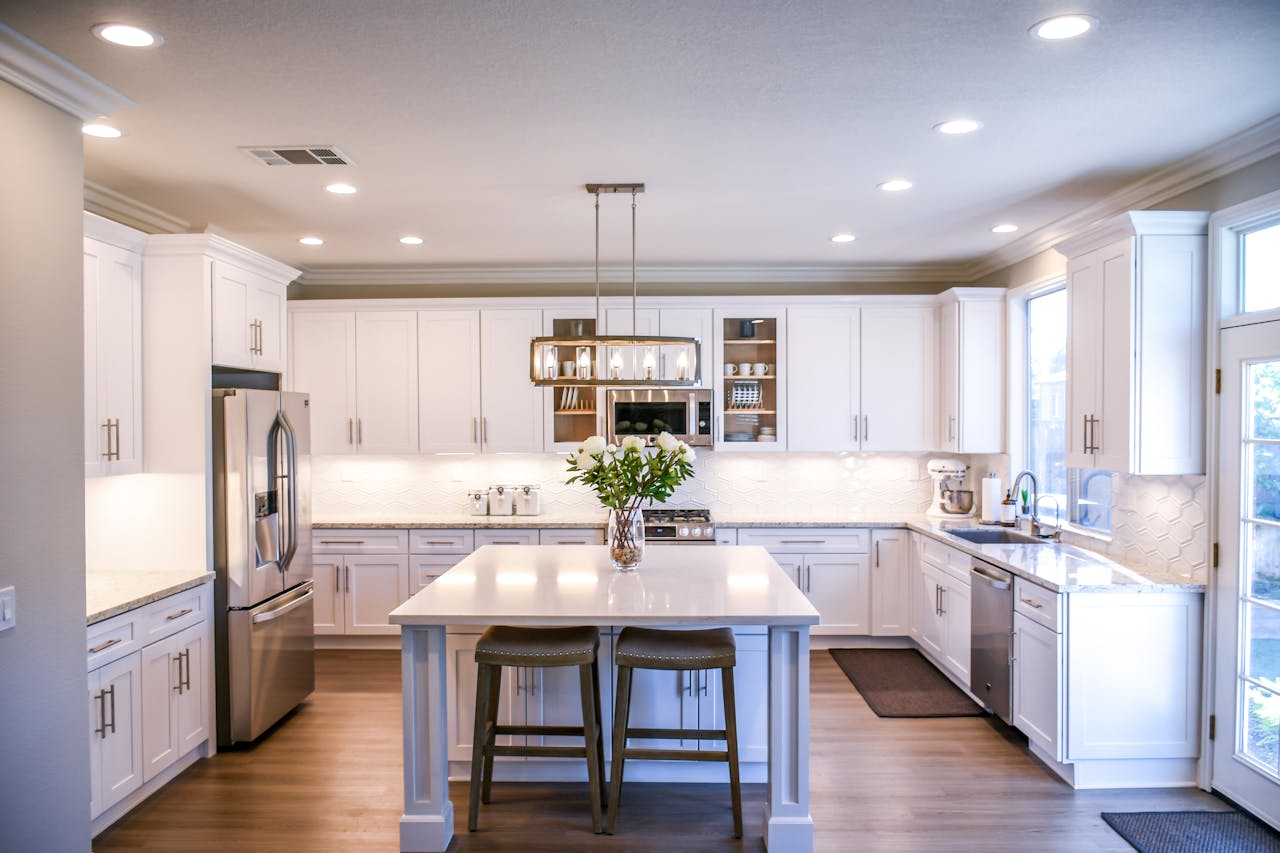Building your dream home in the UK is an exciting venture. However, it’s crucial to understand and adhere to the UK building regulations to ensure your home is safe, energy-efficient, and compliant. This guide will walk you through the key building regulations covering Energy Efficiency, Fire Safety, Structural Integrity, and Drainage Regulations. Whether you’re a homeowner, builder, or architect, this information will help you grasp the essentials of UK building regulations for newly built homes.
The Foundation of Safe Homes: Structural Integrity
Structural integrity is paramount in any building project. The UK building regulations ensure that your new home will stand the test of time and protect those within it. These regulations cover the strength and durability of building materials, load-bearing walls, foundations, and roofs. Compliance ensures your structure can withstand external pressures like wind, snow, and changes in ground conditions. Hiring a certified structural engineer can help you navigate these requirements smoothly.
A Beacon of Safety: Fire Safety Regulations
Fire safety is a critical aspect of building regulations, encompassing the design, materials, and layout of your new home. The primary goal is to protect lives by preventing fire outbreaks, ensuring safe escape routes, and facilitating the accessibility of firefighting services. Key considerations include the installation of fire alarms, fire-resistant materials, and strategic placement of doors and windows. For multi-story homes, particular attention needs to be given to the design of stairways and the potential for compartmentalisation to prevent fire spread.
Going Green: Energy Efficiency
One of the most talked-about topics in the construction industry today is energy efficiency. The UK aims to reduce greenhouse gas emissions through legislation that ensures newly built homes are part of the solution. These regulations focus on insulation, heating and air conditioning systems, lighting, and other aspects that contribute to a home’s carbon footprint. Adhering to these guidelines not only helps the environment but also reduces energy bills in the long term. Achieving optimal energy efficiency might involve the installation of solar panels, triple-glazed windows, and efficient boilers.
Flowing Smoothly: Drainage Regulations
Proper drainage is essential for the longevity of your home and the health of its occupants. The UK’s new build drainage regulations require that all new homes have systems in place for disposing of wastewater and surface water. This might involve connections to public sewers, the construction of soakaways, or the installation of septic tanks. Compliance ensures that your home is free from water damage, reducing the risk of dampness, mould, and structural issues.
Navigating the Process
Understanding and navigating the UK building regulations can seem daunting at first, but it’s a straightforward process once you get into it. Early consultation with local building control officers, architects, and builders familiar with these regulations is advisable. They can provide valuable insights tailored to your project, ensuring compliance and avoiding any potential setbacks.
The Final Word
Building a new home in the UK is an opportunity to create a space that reflects your needs, tastes, and values. While the dream is invaluable, ensuring the safety, durability, and efficiency of your home through compliance with building regulations is paramount. These regulations, covering everything from structural integrity and fire safety to energy efficiency and drainage, are ultimately designed to protect you, your family, and the environment.
For homeowners, understanding these regulations can seem overwhelming, but it’s a critical step in the building process. For builders and architects, staying updated on the latest regulations is essential for delivering compliant and safe homes. Ultimately, everyone’s goal is the same – to create safe, efficient, and durable homes that stand as a testament to quality and care for generations.
Conclusion
While building your new home, remember that adhering to these regulations is not just about compliance; it’s about building responsibly, sustainably, and safely. In doing so, you’re not only creating a home but also contributing to the broader goal of environmentally sustainable living and community safety. And remember, when in doubt, seek professional advice to guide you through the process, ensuring that your dream home becomes a reality, responsibly.

